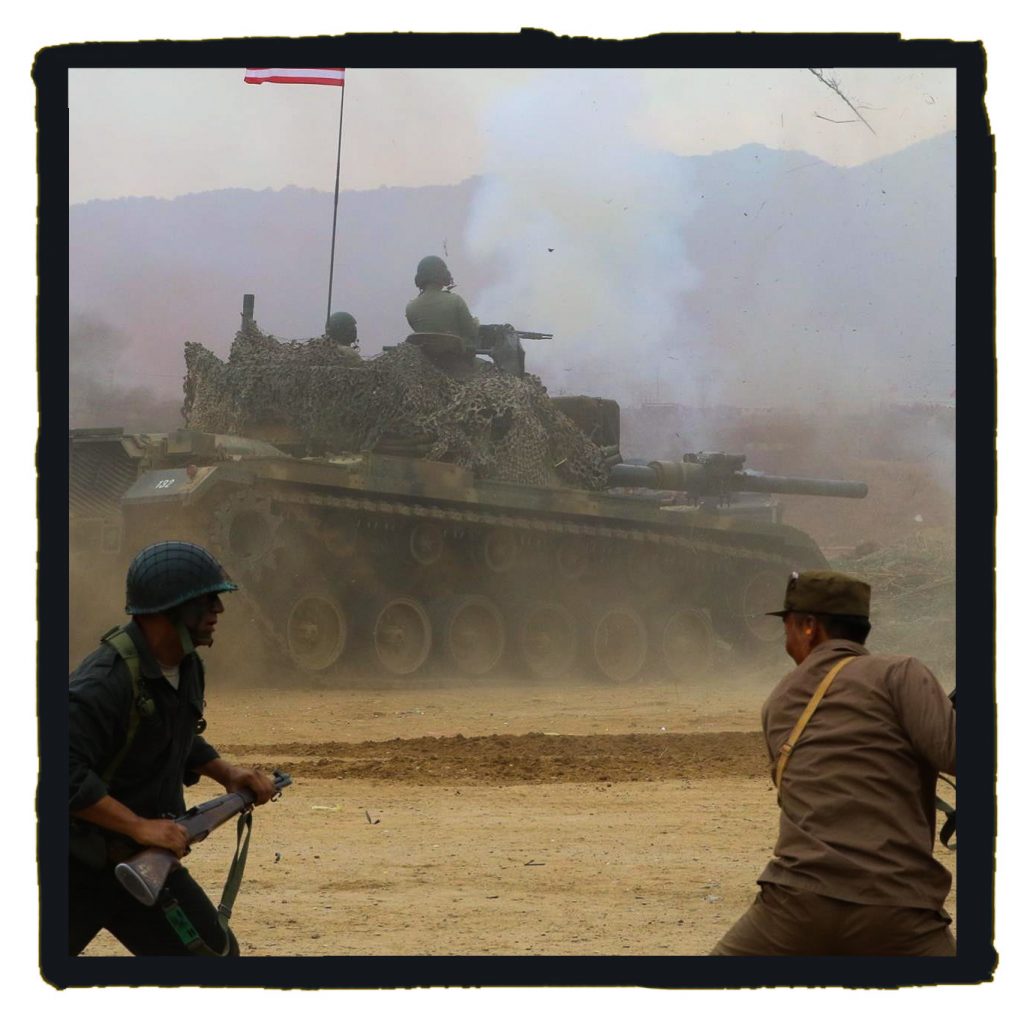
There is an old Korean saying, “Even if you have a thousand miles to travel, start with Seoul,” and the sentiment behind these words is as timeless as the city itself. Nestled amidst vibrant mountains, Seoul, the pulsating heart of South Korea, is a blend of ancient traditions and cutting-edge digital technology, with palaces and skyscrapers co-existing side by side. While every season has its own charm, the best times to visit are spring (April-June) and autumn (September-November) when the city’s landscapes burst into an array of beautiful colors. The cuisine of Seoul is a gastronomic odyssey waiting to be embarked upon, from street food stalls in Myeongdong offering mouth-watering gimbap and tteokbokki to upscale restaurants in Gangnam serving Michelin-starred dishes.
Travel within the city is made easy by its efficient public transport system, but for those opting to drive, parking can be a challenge. It’s recommended to use public parking lots or rent a car with a parking service. Planning your itinerary in Seoul requires careful thought, considering the city’s rich offerings.
Day 1: Start in the Heart of Seoul
Gyeongbokgung Palace
Address: 161 Sajik-ro, Jongno-gu, Seoul
The grandest of Seoul’s five main palaces, Gyeongbokgung Palace stands as a testament to the Joseon Dynasty’s architectural prowess. Its grand halls and ornate pavilions encapsulate Korea’s rich history and culture.
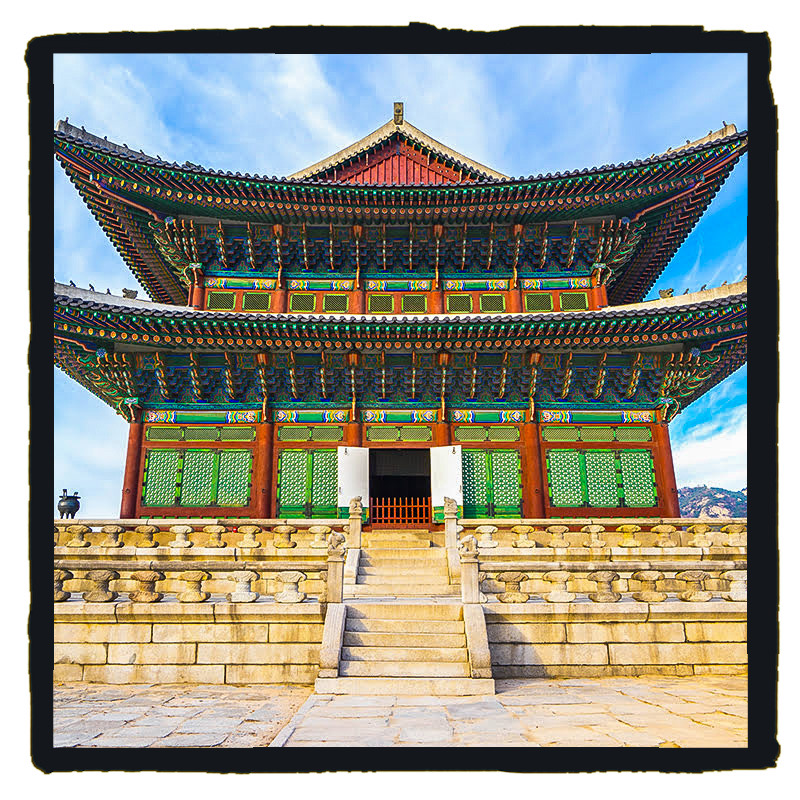
Bukchon Hanok Village
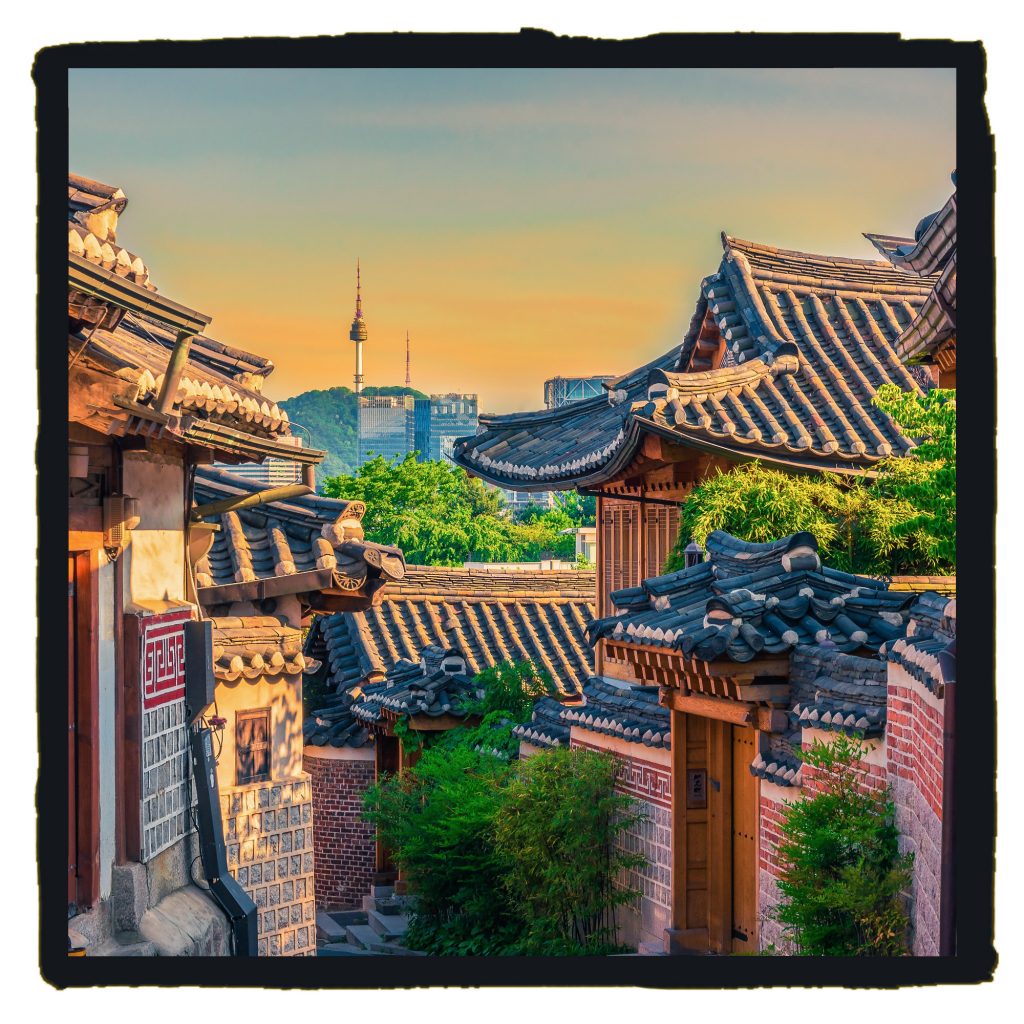
Address: 37, Gyedong-gil, Jongno-gu, Seoul
Steeped in centuries-old charm, Bukchon Hanok Village offers a rare glimpse into Seoul’s past. Wander through the labyrinthine alleys lined with traditional Korean houses, known as Hanoks.
Myeongdong Shopping Street
Address: Jung-gu, Seoul
After a deep dive into history, immerse yourself in the pulsating energy of Myeongdong, one of Seoul’s primary shopping districts. Here, high-end brands meet street food stalls and cosmetic shops.
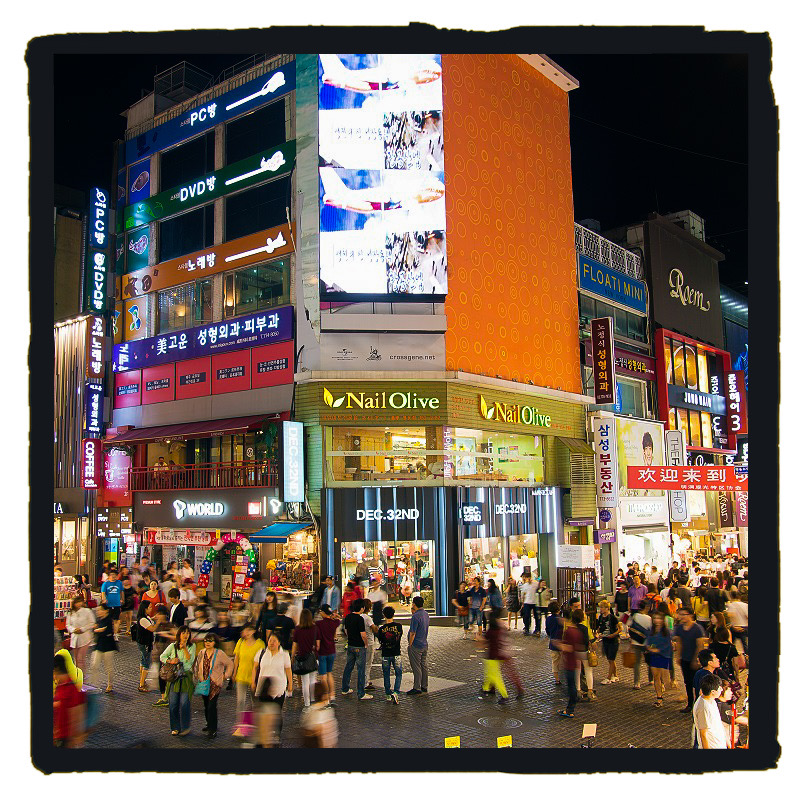
As the sun begins to set on your Korean adventure, consider exploring the local music scene, particularly K-pop, which has taken the world by storm. Seoul is also known for its bustling nightlife, with areas like Itaewon and Hongdae offering a diverse range of experiences from quiet wine bars to electrifying dance clubs. Shopping enthusiasts should definitely check out the dynamic markets of Dongdaemun and Namdaemun.
Day 2: Explore Modern Seoul and Beyond
N Seoul Tower
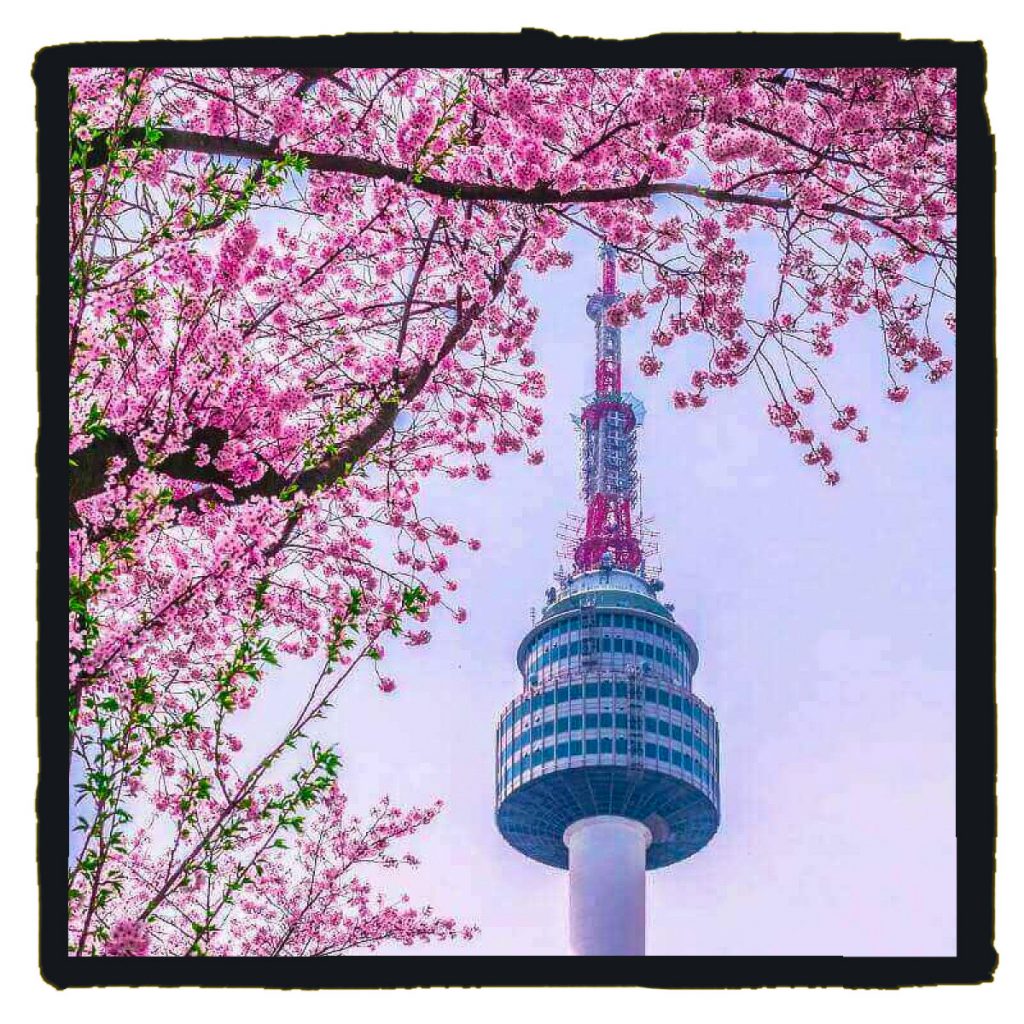
Address: 105 Namsangongwon-gil, Yongsan 2(i)ga-dong, Yongsan-gu, Seoul
Begin your day at N Seoul Tower, offering panoramic views of the cityscape. This communication and observation tower perched on Namsan Mountain is iconic to Seoul’s skyline.
Gangnam District
Address: Gangnam District, Seoul, South Korea
No trip to Seoul is complete without a visit to the glitzy Gangnam District, immortalized in pop culture. Browse the trendy boutiques, enjoy the vibrant nightlife, and savour delicious Korean barbecue.
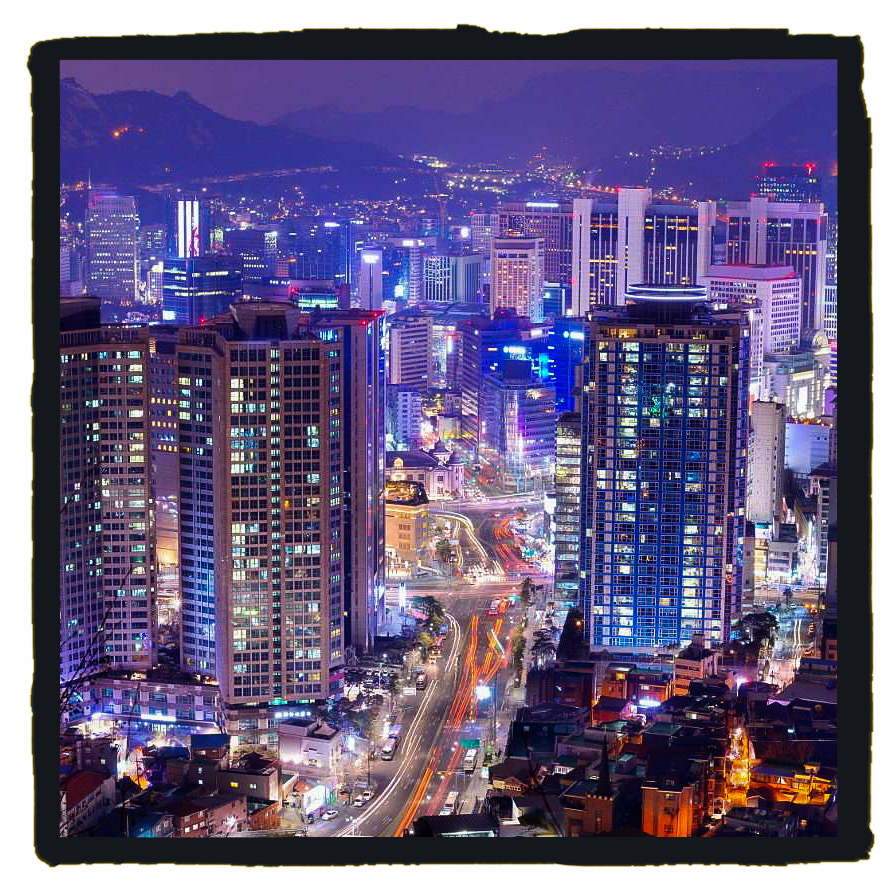
Han River Cruise
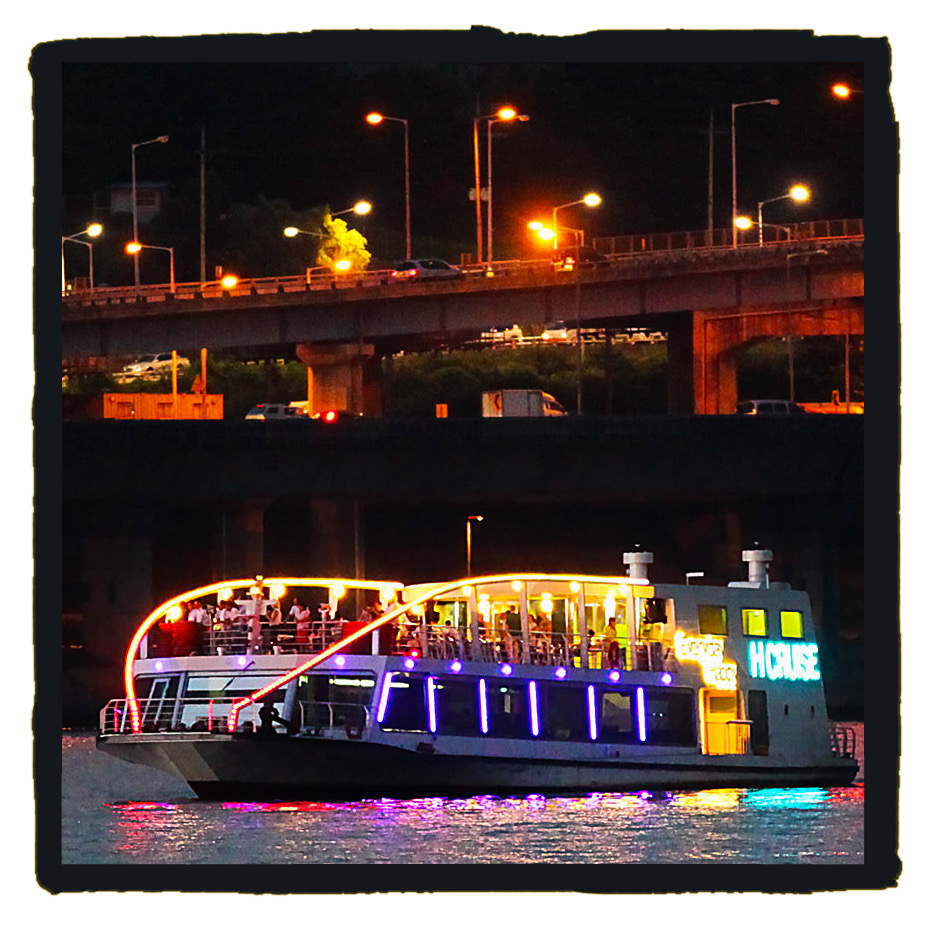
Address: 290 Yeouidong-ro, Yeongdeungpo-gu, Seoul
End your day with a serene cruise along the Han River. The night skyline of Seoul is simply stunning, with colorful lights reflecting off the tranquil waters.
Special Mention: Demilitarized Zone (DMZ)
No trip to South Korea would be complete without a visit to the Demilitarized Zone (DMZ). This strip of land, running across the Korean Peninsula, serves as a buffer between North and South Korea. Despite its name, it’s one of the most heavily militarized areas in the world, but designated areas are open for guided tours, providing a sobering glimpse into the Korean War’s realities. A guided tour offers a profound insight into the Korean War and the ongoing tensions between the two Koreas. DMZ is a significant emblem of peace, conflict, and hope. Places of interest include the Dora Observatory, where you can catch a rare glimpse into North Korea, and the Third Infiltration Tunnel, discovered in 1978, which North Korea reportedly dug intending to invade the South. Although the DMZ’s historical significance is rooted in tension and division, it’s also become a unique sanctuary for wildlife, making it a captivating spot for both history enthusiasts and nature lovers. It’s an excursion that certainly leaves a deep impression, demonstrating the stark contrast between the past’s conflict and the hopeful strive for a peaceful reunification in the future.
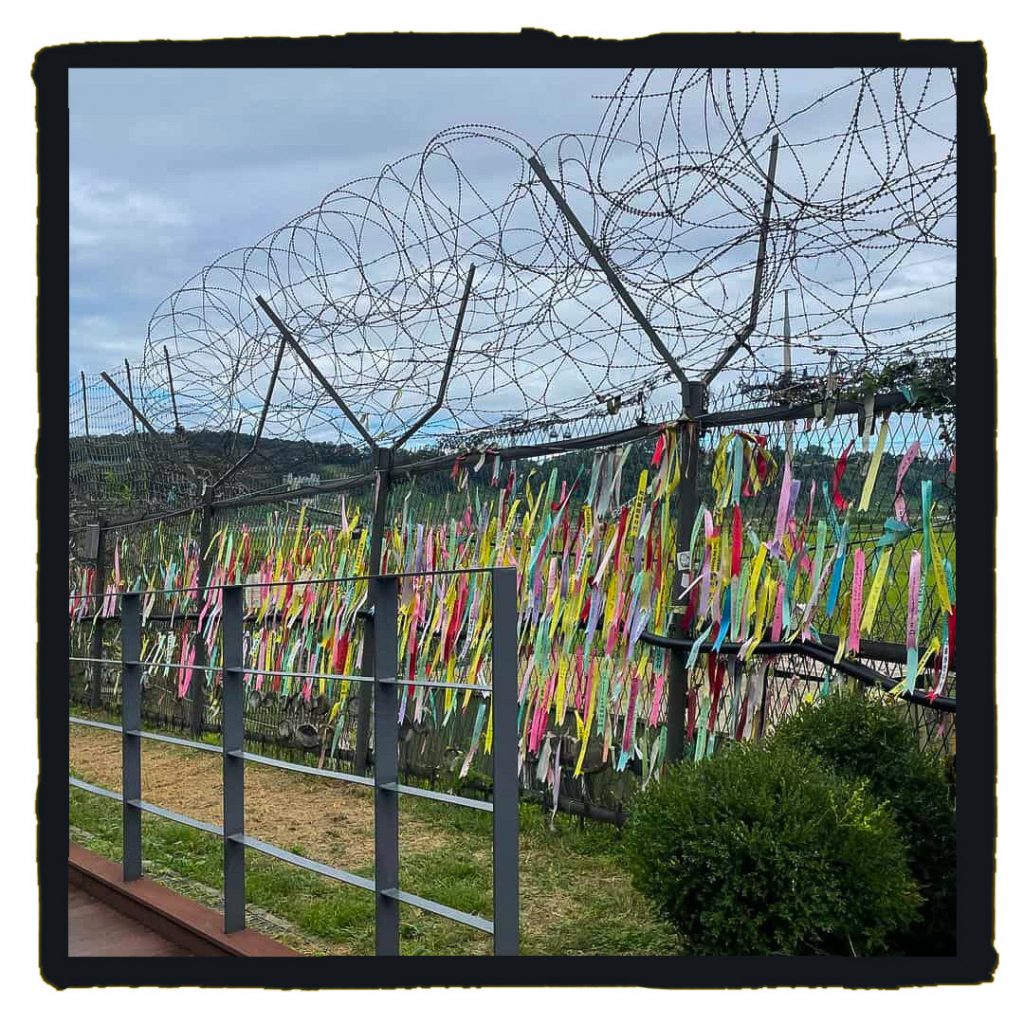
Special Mention: Nakdong River Battle Ceremony
Another special mention goes to the Nakdong River Battle Ceremony, held annually in September/October. It commemorates the important Korean War battle and serves as a profound symbol of the Korean people’s spirit and resilience. Aligning your visit with this ceremony allows you to experience Korean culture in a unique and emotionally resonant way.
While Seoul’s allure is undeniable, make sure to take a few days to explore other significant regions in South Korea. Busan, the country’s second-largest city, is a must-visit for its stunning beaches, seafood delights, and the vibrant Jagalchi Fish Market. Nearby Incheon, apart from being an international gateway, offers its own charm with its Chinatown, and the Incheon Grand Park.
In conclusion, Seoul, a city where history, tradition, modernity, and culture all converge, is a fascinating destination that leaves a lasting impression on all who visit. Whether you’re here for the food, the history, the culture, or simply to experience life in this dynamic city, Seoul promises a trip of a lifetime. So pack your bags and let the Seoul of Korea enchant you.

